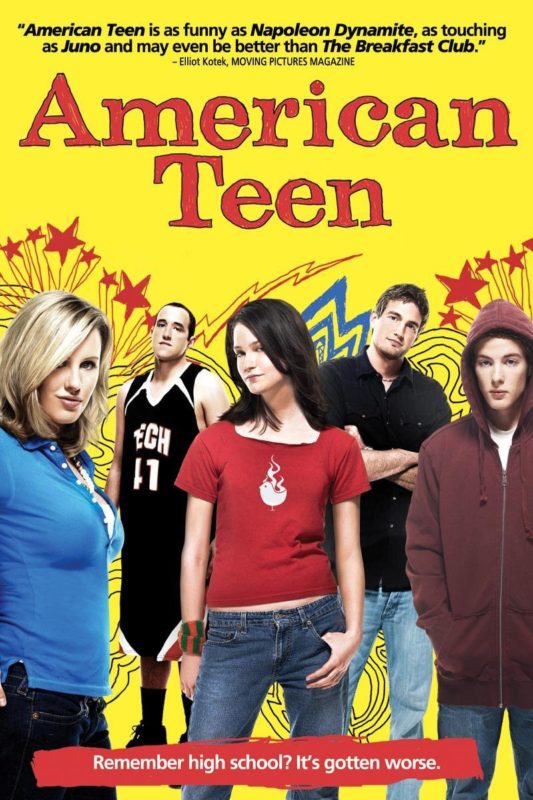One of the strongest impressions this movie left me with was “why now?”. The themes, even some that might be unintentional, are nothing new and have been looked at a hundred times before, not just in documentaries but fictional movies and beyond.

I remember the minor scandal that arose after the release of a doco called American Teen, when it emerged the filmmakers had staged it all.
There’s always a sense with any movie that depicts these motifs (Spring Break, teenagers misbehaving, copious drinking, parties, bikinis and endless casual sex agreed upon over only a sideways glance) as very artfully staged fiction. It’s just some screenwriter or director’s idea of what they wished their teens were like.
It feels like the people behind this movie completely bought into the myth that absolutely everyone between 17 and 20 behaves like this. To the film’s credit, it goes on to try and unpack the causes behind it all. Several smart professional talking heads have some incisive things to say about the pressures on kids to conform to stereotypes and act a certain way.
But it’s still doing so on the proviso that every single American kid is the same ball of neurotic, alcohol-fuelled hormones with absolutely no power for self-directed decision making beyond peer pressure. I personally don’t believe that’s true and while I’d be willing to consider credible evidence to the contrary, this movie isn’t it.
As well as talking to the various psychologists, youth and gender experts, the filmmakers shadow a handful of kids and their friends on Spring Break at a beachside Florida town, asking them the whys and how’s of casual hook-ups, alcohol, feelings and everything else. But they seem to know just as well as you do it’s just to make you roll your eyes and shake your head at the state of youth today, the same thing movies have done since the days of Reefer Madness.
It’s either subtly or unwittingly alarmist, maybe to a degree that renders it almost a right-wing rant about the moral degradation of America. Look no further than the young woman who starts crying when describing her fears for her pre-teen sister and the world she’s entering where there’s so much misogyny and pressure to conform to fantasy archetypes (especially for women). Not half an hour before her complaining about rampant sexism, the film has shown her and her friend taking part in a bikini judging competition where a sleazebag compere howls at every girl on stage to take their top off.
It also has what seems to be a curiously 20th century standpoint to the danger hormones, alcohol, crowds and peer pressure place young women in. When the wheeling cameras and party music abruptly stop for some grave new chapter and we see the local sheriff holding a press conference about a poor girl gang raped on the beach in broad daylight and recorded on someone’s phone, the first thought that might spring to your mind is “just one?”. The assault is depicted like some unimaginable horror nobody thought could possibly happen, an outlier event that has no place on Spring Break.
But like several factors now teach us (generations of testimony, the final cracking through the armour of rape culture, #MeToo, the brilliant and horrifying documentary Hunting Ground), it’s no outlier. Assault and harassment are part of the fabric that hold the entire institution of teen partying/drinking/sex and its cultural expressions like Spring Break together.
It’s well enough made, and the opinions of several experts are gratifying as they talk about how many of these kids don’t necessarily want to act like this, that their media-informed upbringing and peer pressure demands it. But little on screen supports that, and the rest of it is nothing you haven’t seen before.






